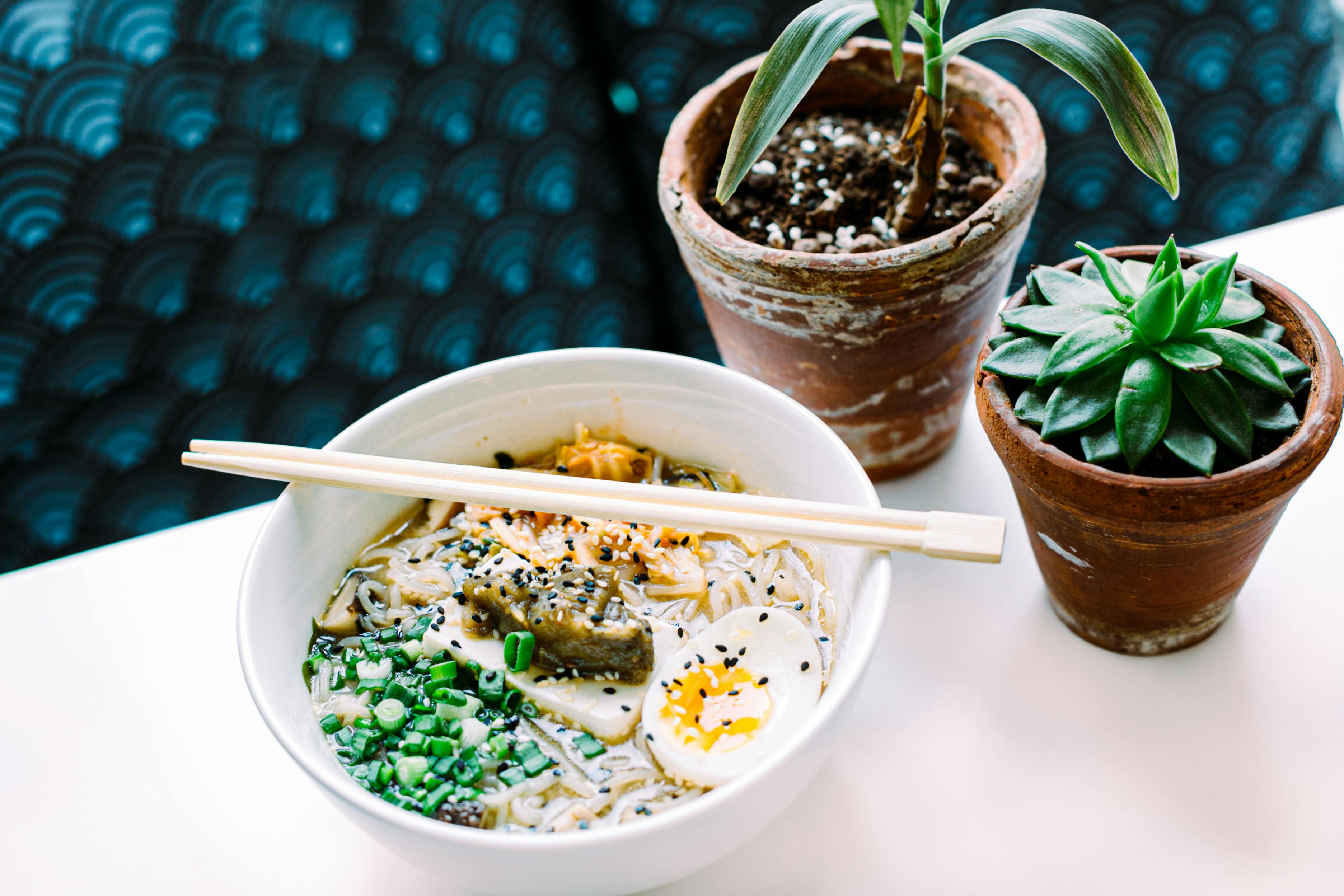
Stephanie Alexander’s Cook’s Mate
This huge volume, at 1,126 pages, is a comprehensive resource for all Australian cooks. It was first published in 1996, was revised in 2004, and contains a wealth of information on ingredients and how they can be used in recipes. It is ideal for someone who is starting in the kitchen for the first time.
Alexander has been cooking for a long time and is dedicated to his craft. In the introduction to his book, he describes his views on food, including food production through economically sustainable methods, using fresh food, genetically modified food, and the concept of growing and sharing food as a family.
At the beginning of the book there is a list of utensils with a definition and a brief explanation of how each one is used. It contains many helpful tips for purchasing each item, for example it is recommended that saucepans not be purchased in a set as all sizes are rarely required and goes on to suggest which ones can be purchased as a starter set. This type of information is invaluable to someone embarking on a cooking adventure on a tight budget.
A fairly long section entitled “Basics” follows, containing definitions of some of the less familiar ingredients and terms found in the book, as well as frequently used preparations such as broth, batter, and batter. After this, a very useful section related to measurements, quantities and conversions has been included because Alexander understands that there are times when some recipes, such as bread, cookies, cakes and pastries, require more precision and new cooks need guidance to feel comfortable. more comfortable. while cooking At the same time encourages cooks to be adventurous and try tasting.
The rest of the book is devoted to chapters, arranged alphabetically, each based on an ingredient that begins with abalone and concludes with zucchini and butternut squash. Each chapter begins with a brief introduction that usually includes a personal comment on the writer’s experience with that particular ingredient, followed by an overview of where the product fits into the Australian situation. We know the varieties and the season, the selection and storage, the preparation and cooking and then offer a selection of recipes in which the ingredient appears. More helpful incidental information is provided along the side of each page, such as how recipes can be modified by adding other ingredients. At the end of each chapter is a list of recipes where the ingredient is used in other chapters. For example, in the chapter on “eggs” there is a reference to “potato frittata” in the chapter on “potatoes”.
Alexander believes this book will be worthwhile if it encourages youngsters to start cooking and experienced cooks to enjoy cooking more. It is certainly a comprehensive volume that reflects his enthusiasm for food and cooking and one that any cook, old or new, can trust and find inspiration in.
